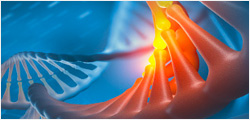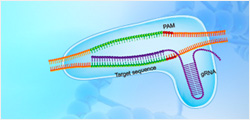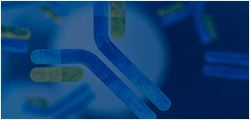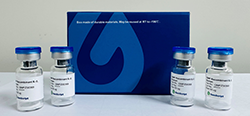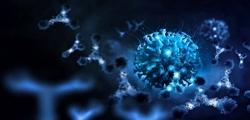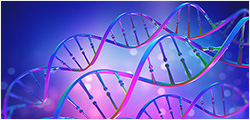| Species |
Human |
| Protein Construction |
FGF-23 (Tyr25-Ile251)
Accession # Q9GZV9 |
|
| Purity |
> 95% as analyzed by SDS-PAGE
> 95% as analyzed by HPLC |
| Endotoxin Level |
< 1 EU/μg of protein by LAL method |
| Biological Activity |
Fully biologically active when compared to standard. The ED50 as determined by thymidine uptake assay using FGF-receptors transfected BaF3 cells is less than 0.5 μg/ml, corresponding to a specific activity of > 2.0 × 103 IU/mg in the presence of 0.3 μg/ml of rMuKlotho and 10 μg/ml of heparin. |
| Expression System |
E. coli |
| Theoretical Molecular Weight |
25.3 kDa |
| Formulation |
Lyophilized from a 0.2 μm filtered solution in PBS, pH 7.4. |
| Reconstitution |
It is recommended that this vial be briefly centrifuged prior to opening to bring the contents to the bottom. Reconstitute the lyophilized powder in sterile distilled water or aqueous buffer containing 0.1% BSA to a concentration of 0.1-1.0 mg/ml. |
| Storage & Stability |
Upon receiving, this product remains stable for up to 6 months at -70°C or -20°C. Upon reconstitution, the product should be stable for up to 1 week at 4°C or up to 3 months at -20°C. Avoid repeated freeze-thaw cycles. |
| Target Background |
Fibroblast growth factor-23 (FGF-23) belongs to the large FGF family which has at least 23 members. All FGF family members are heparin binding growth factors with a core 120 amino acid (a.a.) FGF domain that allows for a common tertiary structure. FGFs are expressed during embryonic development and in restricted adult tissues. Four distinct but related classes of FGF receptors, FGF R1, 2, 3, and 4, exist. FGF-23 is produced by osteocytes and osteoblasts in response to high circulating phosphate levels, elevated parathyroid hormone, and circulatory volume loading. It functions as an endocrine phosphatonin by suppressing circulating phosphate levels. FGF-23 interaction with renal proximal tubular epithelium decreases the renal resorption of phosphate by down regulating phosphate transporters and by suppressing vitamin D production. It also decreases the intestinal absorption of phosphate. |
| Synonyms |
FGF23; ADHR; FGFN; HPDR2; HYPF; PHPTC; fibroblast growth factor 23; HFTC2 |
For laboratory research use only. Direct human use, including taking orally and injection and clinical use are forbidden.


